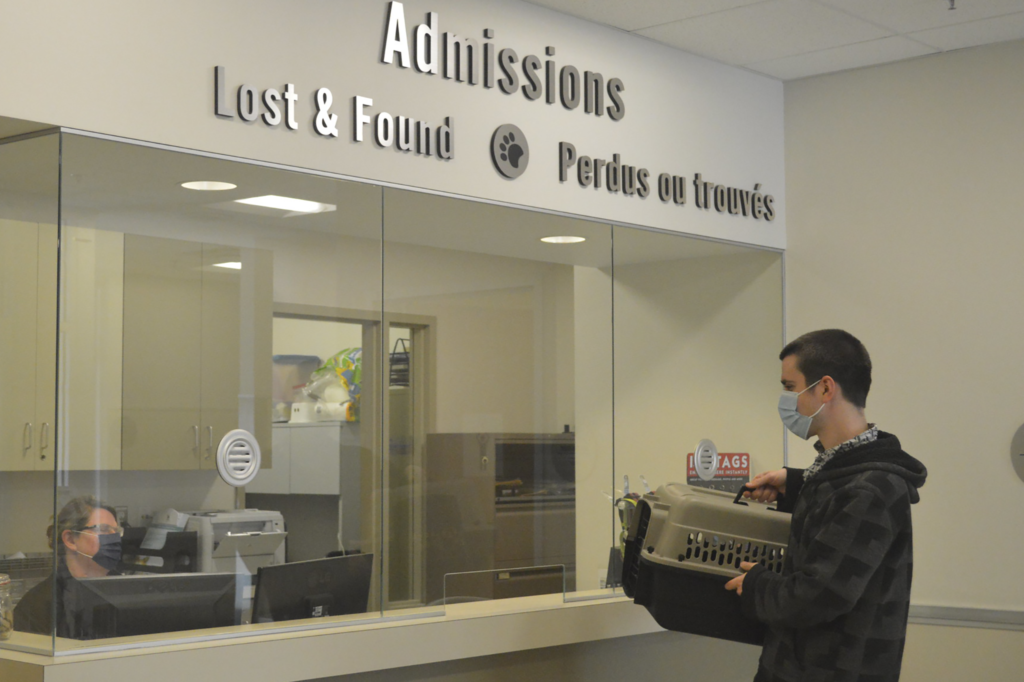October 29, 2020
Managing in a Pandemic
Last week, I told you about some changes the OHS has had to put into place since COVID-19 hit in March: our overriding concern for the safety of our staff and preserving essential services — the absolute necessity to be able to care for animals in distress. I told you about dividing our animal care team into two teams, to reduce the chance of a large outbreak, and, in the event of an outbreak, to ensure that at least one team could be available to care for the animals. The consequence of the two team model, of course, is a reduction in our capacity to care for as many animals on site.

Our amazing foster volunteers have been a tremendous help, taking in and caring for over 600 dogs and cats since mid-March. Another strategy we have had to put into place to ensure we are available for animals truly in distress, and not overwhelmed, has been managed admissions.
Managed admissions is a system we devised to assess an animal’s immediate need for admission to the shelter, take those in distress and schedule other admissions as quickly as possible based on our animal population. So, for example, any dog on the loose is in distress and any injured animal of any species clearly is in distress as well. By comparison, an apparently healthy cat sitting on a suburban lawn is likely not in distress and will likely go home by dinnertime.
Likewise, a pet with a habit that an owner can no longer tolerate is not in distress in most instances and can remain in its home safely until the OHS is able to admit her. In fact, while the owners are waiting to surrender their pet, OHS behaviour staff have been offering advice and tutorials, and these supports have resulted in a significant number of issues resolved with people choosing to keep their pets!
Increased fostering of animals who do not need daily shelter care and managed admissions have been driven by the health crisis, but they may be ideas brought forward to the post-COVID world.
Bruce Roney
President & CEO
